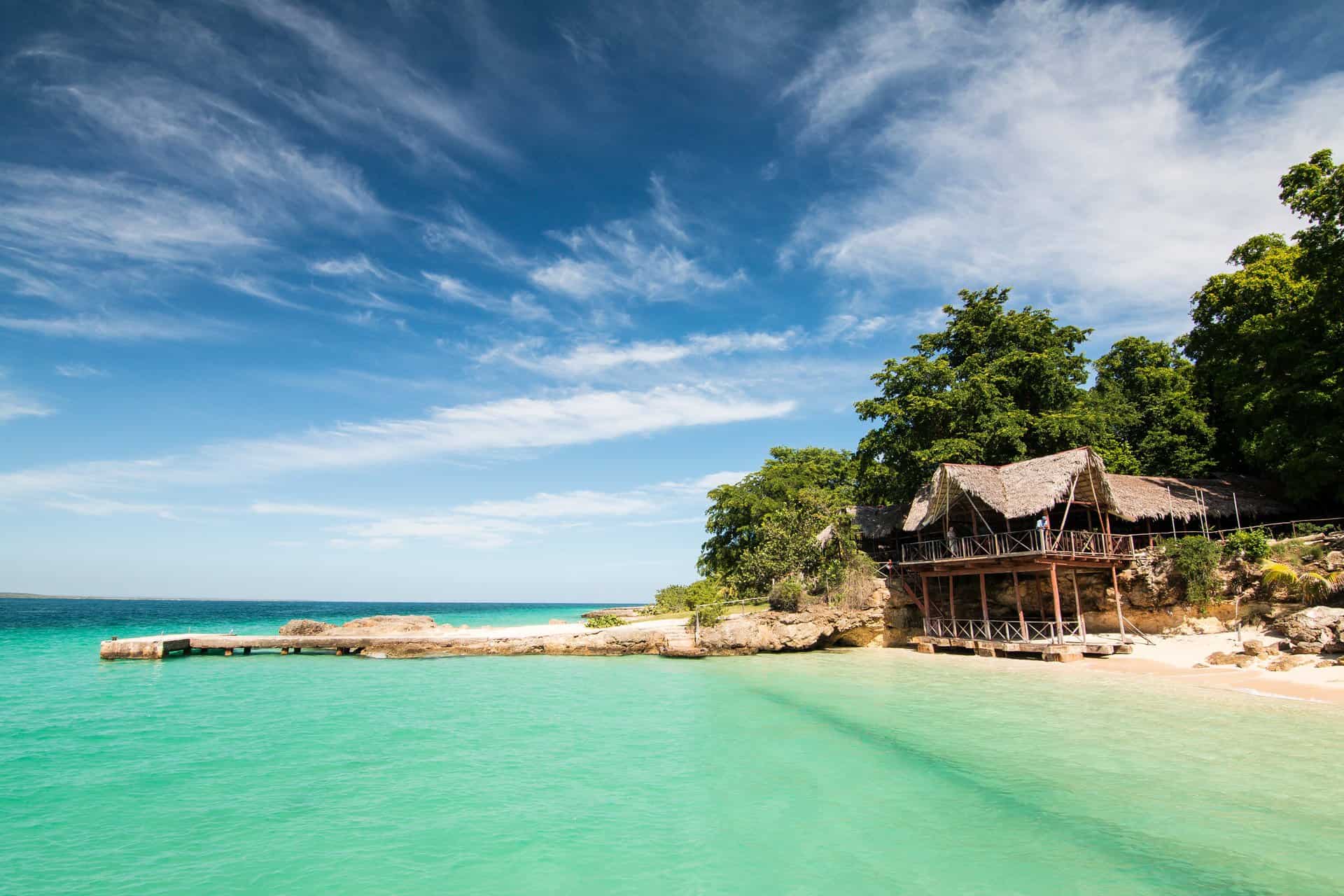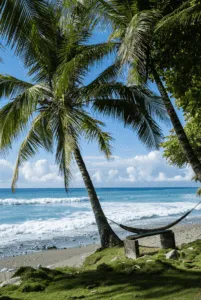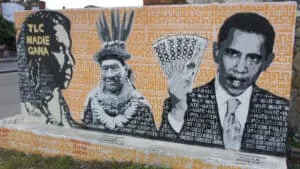
Crisp is one of the leading lights in Colombia’s burgeoning urban art scene.
His work can be found across Bogotá and he organises daily tours exploring the local scene. Plan South America tracked Crisp down for a chat.
By Francesca Tarrant
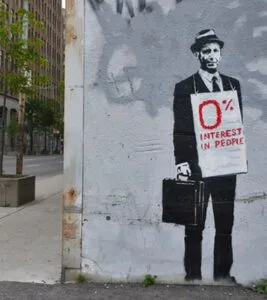
How does a qualified physiotherapist from Australia end up as one of Bogotá’s most highly respected graffiti artists?
I don’t know about ‘highly respected’, but I do get asked a lot about my professional past! The truth is, my parents are both artists and art was always a private passion of mine – I’d fill sketchpads with my drawings and found inspiration everywhere I travelled. Street art has always fascinated me – the variety of materials used, the scale of the pieces, their public nature and the often controversial themes that it can cover – though it was only when I visited Colombia in 2009 that a Canadian graffiti writer called Opek encouraged me to explore how I could start undertaking projects myself. From there, Crisp – my alter ego – was born and my work can be found across the capital and in other cities around the world. In fact, I just got back from Art Basel Miami where I was invited to do a live demonstration and a couple of other murals.
Bogotá doesn’t always spring to mind when we are talking about the great graffiti cities of the world – how has the scene changed since you first arrived?
I would describe Bogotá as one of the world’s most underrated or perhaps unknown urban art cities and nothing brings me greater pleasure than the surprised look on visitors’ faces when they see the fantastic pieces that can be found here. Sure, it isn’t yet Williamsburg, Buenos Aires or parts of East London, but it is probably one of the most prolifically covered cities in the world. Unlike some other destinations, a lot of the artists here are doing it purely out of personal passion – it isn’t as monetised as in other places – which means that there is a more grass roots honesty in the themes covered.
Whilst the situation in Colombia is undeniably improving I’d imagine there is no shortage of inspiration for artists, but is this a safe platform for them to share their views?
Urban art traditionally offers an alternative narrative to the ‘official’ socio-political backdrop to a country and there is a symbiotic relationship between the promotion of this art alongside the artists’ ideology, and the interests of an international audience who can be educated and from whom wider contacts, commissions etc can be made. We are fortunate that in Colombia our work is largely uncensored – the laws regarding graffiti and other forms of street art are more tolerant and artists can generally go about their business during daylight hours without fear of persecution. There is no shortage of inspiration for artists – Colombia is only now starting to emerge from decades of civil war, there has been considerable injustice and inequality and we are fortunate to be able to work in a medium that allows for an honest and highly visual documentation of this alternative narrative to our country’s history which is more accessible to locals and visitors alike. But the urban art isn’t solely political – there are some fantastically fun pieces too that provide a refreshing antidote
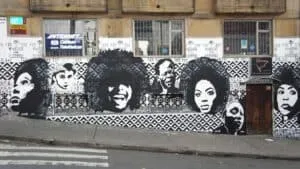
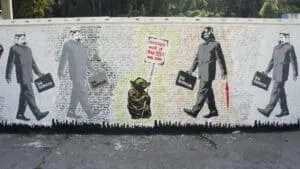
So where would you say are the best places to see street art in the city?
Visitors arriving by plane will get their first glimpse of Bogotá’s urban art when they leave the airport to head into the city via Calle 26. We tend to hold our tours on foot around the centre of the city – starting in La Plaza de los Periodistas in La Candalaria where, again, nearly every wall boasts some form of urban art – either ‘guerrilla’ or commissioned – and culminating in El Centro. If you visit Chapinero or Usaquén you should also keep your eyes peeled as there are some great pieces there too. It’s hard to pinpoint precisely where the next big piece will appear, such is the nature of the medium, but these neighbourhoods tend to have the greatest concentrations and are well worth a visit.
Obviously we will stop short of buying pieces of wall, as seen with some of Banksy’s work, but is there any way that visitors can purchase pieces by these urban artists to take away with them?
Absolutely! And this is a cornerstone of ensuring that the urban art scene becomes more and more sustainable for artists. There are a few places that are already up and running – particularly around Tequendama and Chapinero. One of my favourites is the TRAMA Gallery which is owned and run by a collective of street artists selling art, stickers and other ‘merchandise’ as well as offering a programme of exhibitions, live painting, courses and other musical entertainment. It can be found on Calle 43 #18A-10.
CrispRelated Stories

Art Travel in Mexico City

Uruguay: The Ultimate Road Trip
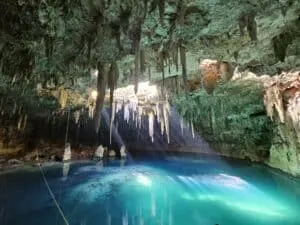
A deep dive into the Yucatán with Stanley Stewart | Plan South America

The Argentine Polo Open Championship: the Crown Jewel of Competition
@plansouthamerica
